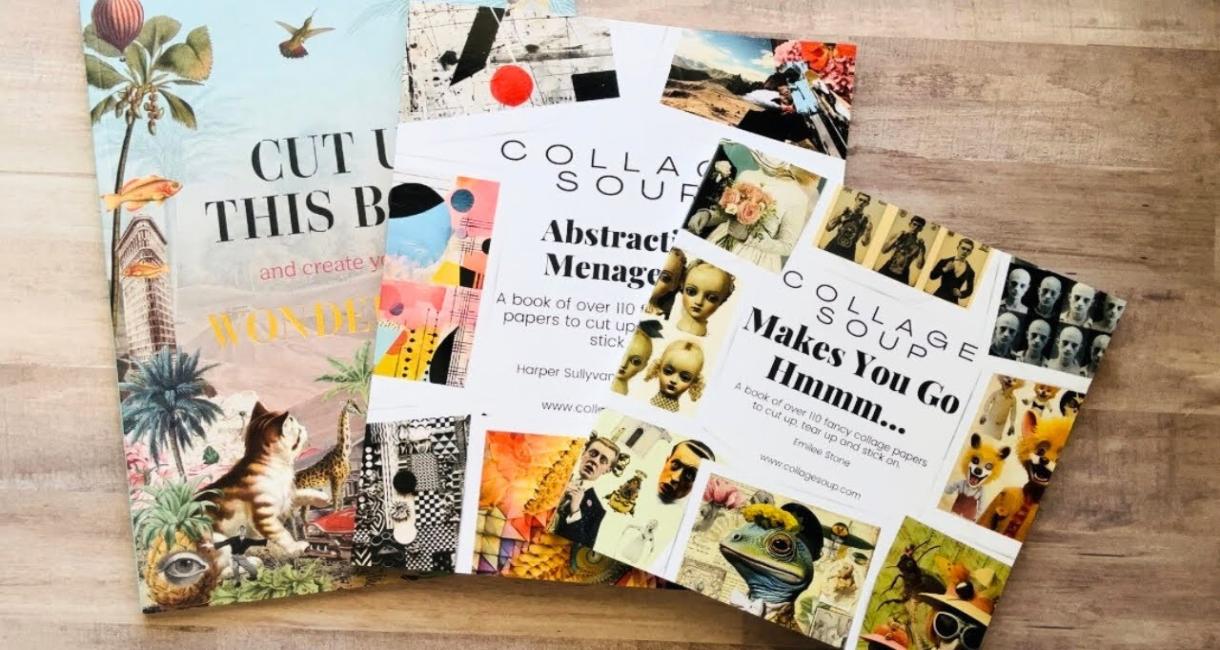In the realm of book design, trends ebb and flow—but few styles are as timeless, dynamic, and expressive as collage book covers. Blending various images, textures, and elements, collage-style covers are more than just visually striking; they tell layered stories, evoke emotion, and set a tone before a single word is read.
Collage art has roots in traditional cut-and-paste techniques but has evolved dramatically with the rise of digital design. In the publishing world, it offers a way to break boundaries and engage readers on a visceral, visual level.
This article explores the power, principles, and process behind creating collage book covers, and why they remain one of the most evocative styles in contemporary design.
What Are Collage Book Covers?
A collage book cover uses a mix of images, illustrations, textures, or patterns—often layered or juxtaposed—to create a cohesive, creative visual. These elements can include:
- Vintage photographs
- Magazine clippings
- Fabric or paper textures
- Hand-drawn illustrations
- Digital effects
- Abstract cutouts
- Typography integrated with visual elements
Unlike traditional minimalist or photo-based covers, collage covers don’t rely on a single focal image. Instead, they draw attention by the way diverse elements interact and merge into a symbolic whole.
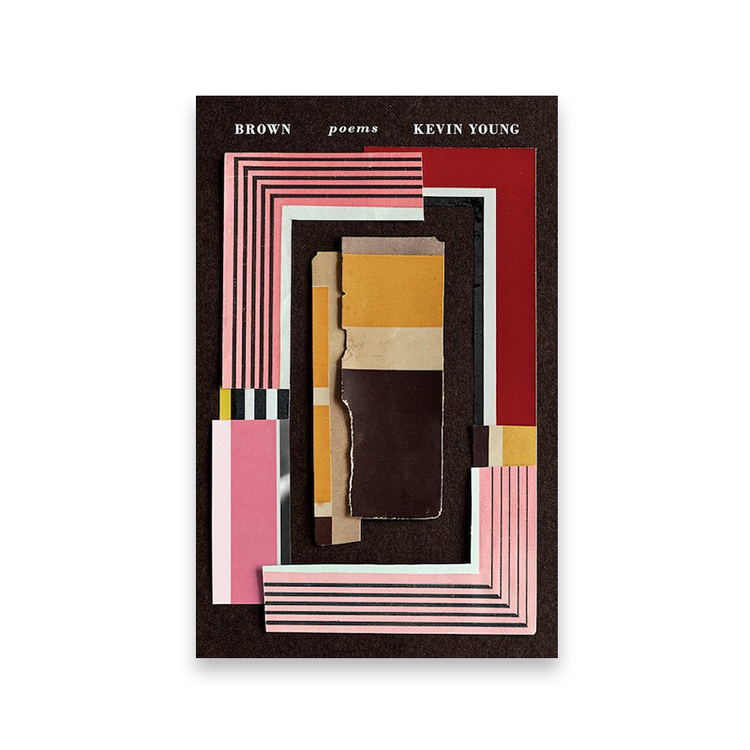
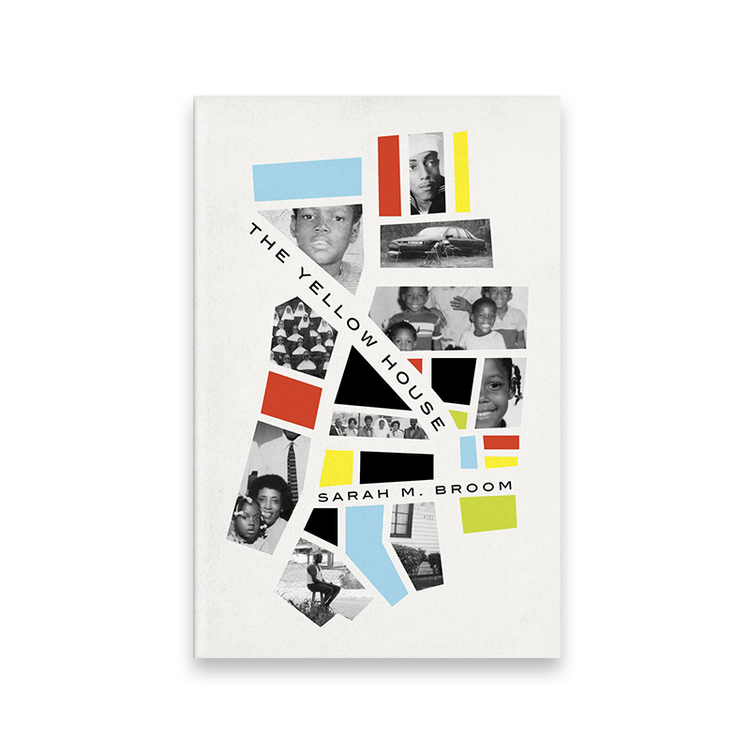
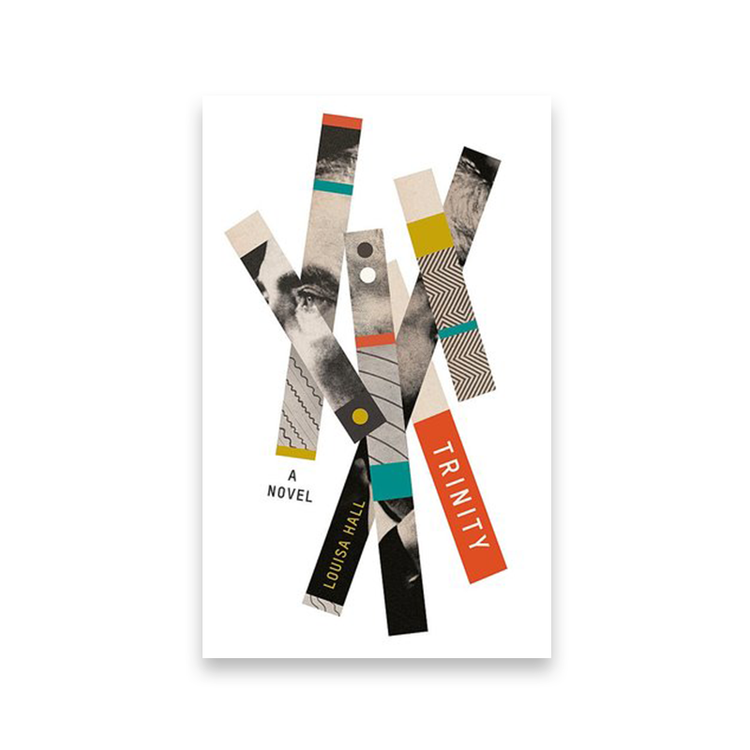
Why Use a Collage Design?
1. Visually Intriguing and Artistic
A collage cover instantly communicates that the book is bold, layered, or experimental. These covers often spark curiosity, making readers want to open the book and explore more.
2. Symbolism and Depth
Since collages include multiple elements, they can visually represent multiple themes, timelines, or emotional layers—perfect for literary fiction, memoirs, poetry, or abstract narratives.
3. Genre Flexibility
While especially popular in literary fiction, memoir, poetry, and non-traditional non-fiction, collage covers can be adapted for nearly any genre, depending on the tone and composition.
4. Cultural and Historical Appeal
Collage often lends itself to a vintage or nostalgic look. This is ideal for books exploring personal history, world events, diaspora stories, or social commentary.
Popular Types of Collage Book Covers
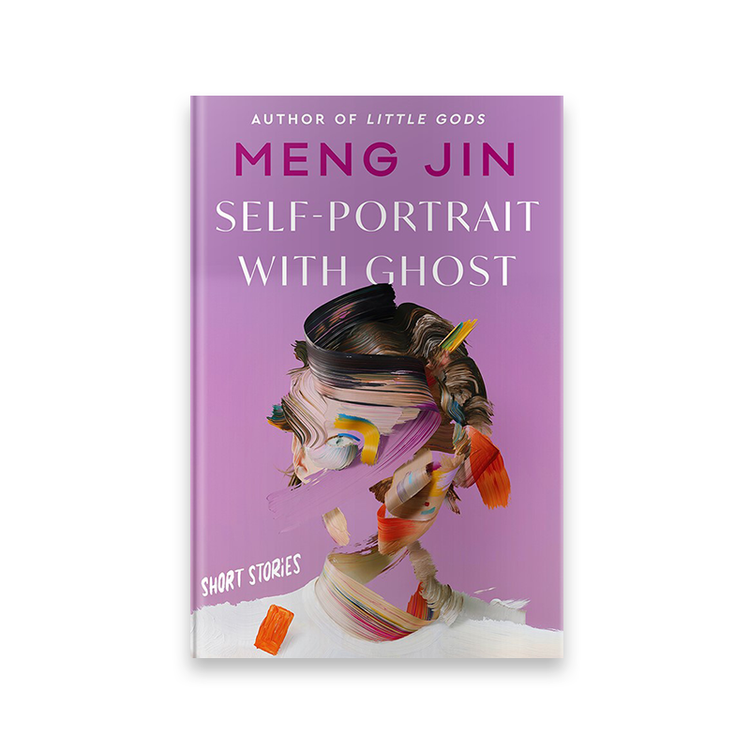
1. Vintage Collage Covers
Combining aged photographs, retro fonts, and textures like old paper or film grain, this style gives books a nostalgic or historical feel.
Example: The Remains of the Day by Kazuo Ishiguro (some editions)
2. Minimalist Collage
While collage usually implies complexity, some covers use a few carefully placed, contrasting elements on a clean background to create a surreal effect.
Example: A Manual for Cleaning Women by Lucia Berlin
3. Maximalist Collage
These covers embrace chaos and visual density—packed with color, layers, and details. Perfect for experimental fiction or energetic non-fiction.
Example: Trick Mirror by Jia Tolentino
4. Cutout and Paper Collage
Designers may replicate the physical feel of scissors-and-glue art digitally, mimicking torn paper edges or layered cutouts.
Example: The Collected Schizophrenias by Esmé Weijun Wang
Key Elements of a Great Collage Cover
1. Visual Harmony
Despite the disparate elements, the composition must feel intentional and balanced. Overcrowding or poor alignment can feel messy instead of artistic.
2. Central Theme or Mood
Collage design should serve the book’s message. Whether it’s about fragmentation, identity, or complexity, the cover must support the core tone.
3. Typography Integration
The title and author name shouldn’t feel “pasted on” as an afterthought. Instead, they should work harmoniously with the rest of the design—sometimes even becoming part of the collage itself.
4. Texture and Contrast
Good collage covers make use of contrasting elements—sharp lines with soft textures, black-and-white photos with bold colors, vintage items against modern shapes—to draw the eye and convey complexity.
How to Create a Collage Book Cover
Whether you’re a DIY author or collaborating with a designer, here’s how the process usually works:
Step 1: Gather Visual Assets
Start by sourcing elements that align with your book’s themes. You can use:
- Royalty-free image sites (Unsplash, Pexels, Pixabay)
- Vintage archives (New York Public Library Digital Collections, British Library Flickr)
- Scanned textures (paper, fabrics, brush strokes)
Make sure you have permission or licenses to use all images.
Step 2: Choose Your Color Palette
Even if your elements come from various sources, a consistent color palette helps unify the design. You can use color overlays or photo filters to harmonize different assets.
Step 3: Compose the Layout
Use design software like:
- Adobe Photoshop (industry standard)
- Procreate (for iPad users)
- Affinity Photo
- Canva (basic, but limited collage functions)
Arrange and layer your elements thoughtfully, using guides and grids for alignment and spacing. Don’t hesitate to crop, cut, or mask parts to better fit your layout.
Step 4: Integrate Typography
Decide whether your typography will:
- Float on top of the collage (overlay)
- Be part of the collage (cutout or paper strip style)
- Act as a central visual element (e.g., type as image)
Stick to no more than two fonts for clarity.
Step 5: Export and Test
Export your design in high-resolution (300 DPI for print) and test it:
- In thumbnail size (for online visibility)
- On mockups (to visualize on physical books)
- With readers (to get feedback)
Design Tips for a Successful Collage Book Cover
- Keep It Legible: Busy backgrounds can overpower your title. Use color blocks or contrast to keep text readable.
- Avoid Copyright Pitfalls: Always verify you’re allowed to use the images, especially for commercial use.
- Test in Grayscale: If it looks confusing in black and white, it may not work in print formats like newspapers or Kindle.
- Be Bold, But Intentional: Collage allows freedom—but every piece should add value, not just fill space.
Collage Design Tools and Resources
Image Resources
Design Software
- Photoshop
- Canva Pro
- GIMP (free alternative)
- Figma (web-based, collaborative)
Inspiration Platforms
- Pinterest (search “collage book covers”)
- Behance
- Dribbble
Famous Books That Used Collage-Style Covers
Here are a few standout examples:
- “Slouching Towards Bethlehem” by Joan Didion
Some editions use cutout headlines and symbolic photography, capturing the fragmented culture of 1960s California. - “Normal People” by Sally Rooney (International editions)
A paper cutout aesthetic with overlapping colors and textures reflects the emotional layers of the story. - “On Earth We’re Briefly Gorgeous” by Ocean Vuong
Abstract and photographic layers combine to express poetry, pain, and identity.
Final Thoughts: Why Collage Book Covers Stand Out
In a sea of templated or stock-photo-based covers, collage design offers something rare: soul. It’s a format that embraces imperfection, celebrates eclecticism, and invites interpretation. For books that don’t fit neatly into boxes—or for authors who want their visual branding to stand apart—collage design offers the perfect platform.
It’s not just an art form. It’s an invitation—to explore, to think, and to feel.

